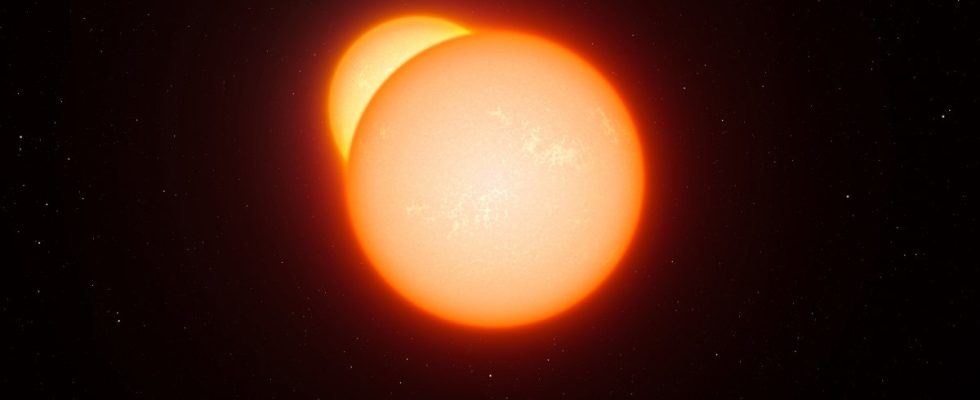A South Korean astrophysicist may have found locations in the universe where our standard model of gravity breaks down. If the discovery is confirmed, it could even herald a replacement of Albert Einstein’s general theory of relativity, with potentially far-reaching consequences for astrophysics, theoretical physics and cosmology. The anomalies determined for double stars with particularly wide orbits agree with the predictions of the so-called modified Newtonian dynamics (MOND). This in turn is not dependent on the so-called dark matter to explain the rotational behavior of galaxies.
Advertisement
No dark matter needed?
For his analysis, Kyu-Hyun Chae studied the precise orbits of 26,500 binary stars in wide orbits no more than 650 light-years (200 parsecs) from Earth. The data was collected by ESA’s revolutionary Gaia space telescope. Thanks to the extremely precise measurements of their orbits, he was able to determine that the observations begin to deviate from the predictions of Isaac Newton and Albert Einstein when their acceleration falls below 10−10.15 m/s2 – the lower the acceleration, the greater the deviation. The significance is very high and achieves the conventional criterion of “5 Sigma”, he writes.
Because the determined acceleration above the determined limit fits very well with the predictions of the classical theories of gravitation, the deviation below is a mystery, explains Sejong University in Seoul. But what is exciting is that this collapse was predicted 40 years ago by the theoretical physicist Mordehai Milgrom. A theory called AQUAL (“A QUAdratic Lagrangian”) based on his theory framework called MOND (modified Newtonian dynamics) even correctly predicted the now determined deviation factor. At the same time, however, this assumes the existence of an effect only predicted by MOND, which speaks even more strongly for the new and against the old models.
Confident physicist
For Kyu-Hyun Chae, it seems impossible that an unknown systemic anomaly is responsible for the ascertained collapse, consistent with another theory. He discussed all the possibilities in the “rather long research article,” he writes. It has now been published in The Astrophysical Journal. He therefore assumes that the results will be confirmed and further refined with better data. But that would have far-reaching consequences for a number of research disciplines, not least because it would probably collapse the theoretical structure of so-called dark matter. In view of this, the requirements for this test will be particularly high.
The work is reminiscent of the measurement of the orbit of Mercury. It was determined in the 19th century that the orbit of the innermost planet in the solar system could not be fully reconciled with Isaac Newton’s formulas. Only Albert Einstein’s General Theory of Relativity delivered results that agreed with the measurements. In Seoul, a new revolution of this kind is now considered possible. Colleagues confirm Kyu-Hyun Chae that his results are robust and the data “compellingly” suggest that gravity works according to Milgrom and not Newton. “The effects on all of astrophysics are immense,” the university quotes Pavel Kroupa from the University of Bonn as saying.
Advertisement
(mho)

